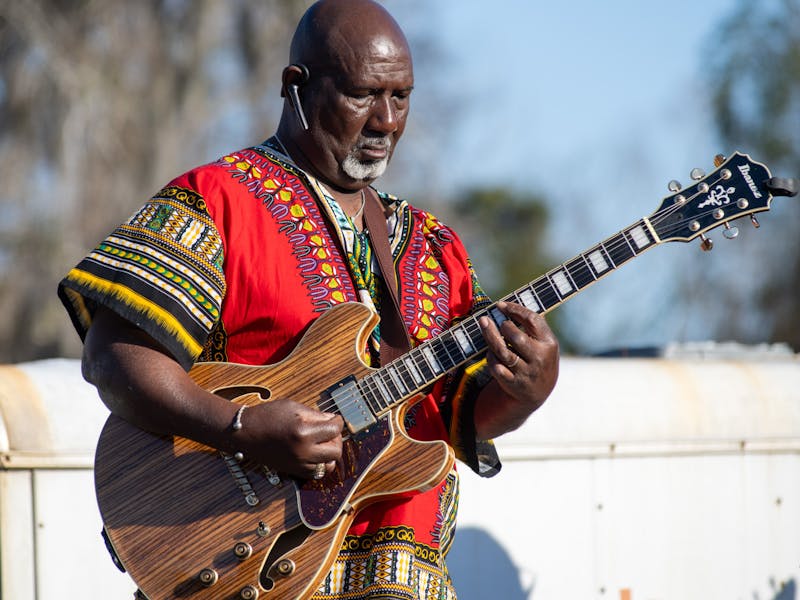If you are open to it, diversity can be found at the University of South Carolina. Sadly though, much of this campus looks quite homogenous at first glance. Large groups of kids wear similar outfits, speak the same way and are focused on fitting into a certain culture. After looking closer, you can see students who don’t fit this standard, who don’t care about fitting it, and who mingle with many of their peers including those of different races. These people are important in creating a campus that is truly integrated.
Fifty years is not even a lifetime; yet, the black and white photos of Henrie Monteith, James Solomon Jr. and Robert Anderson on the front page of The Daily Gamecock this past week probably reminded many students of something they have seen in a textbook. The fact that just 50 years ago, these three individuals were the first African American students to enroll at USC is a reminder that it wasn’t so far in the past that our campus was even more homogenous—separated, and far from integration.
In the grand scheme of things, America itself is not an old country. We certainly shouldn’t forget that the civil rights movement was happening while our grandparents and most of our parents were alive. Our generation has to challenge itself to not think of it as an issue confined to the past, but to take the foundation we have been handed and keep building. If things have come this far in 50 years, why not use the next 50 to create a world that is even closer to eliminating unfairness? To do this does not have to be difficult. It can start small, with chatting with a classmate who you may not normally talk to. USC may not be totally integrated, but I think that there are many students who are ready to see bigger steps towards reaching that goal.
When we think of the civil rights movement as an event only in history books, it makes it easier to ignore both new and lingering racial problems that exist today. As America becomes more diverse, I don’t see how it is possible that some people ignore these issues. It is inevitable now that all Americans will encounter many people with different colors, different shades of that skin, different religious beliefs, ethnicities and so many other possible differences. A culture that embraces any differences and knows how to learn from them will be one that can move beyond simply putting people in the same place through laws or political correctness, but truly see a society that is blended.


